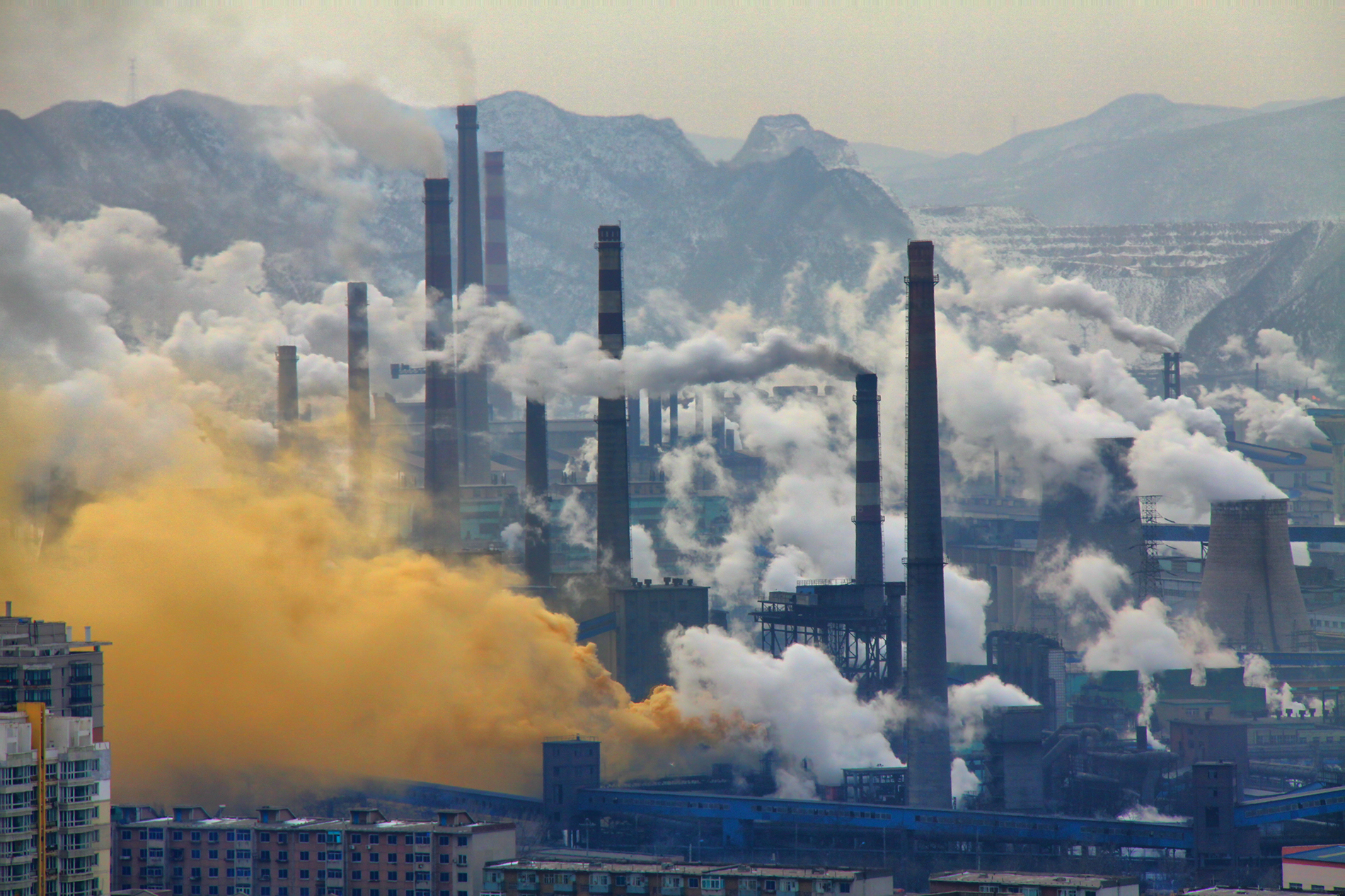
China plans to reduce crude steel production by approximately 33 million metric tons over the winter in an attempt to balance the spike in pollution during China’s winter
(Photo: Benxi Steel Plant China Andreas Habich/Wiki Commons)
As the United States slumps into isolation, China embraces the role of the world’s next great powerhouse, seeking “national rejuvenation.” With that, the nation acknowledges the need to be a leader on climate issues. China claims the title for largest greenhouse gas emitter, with estimates showing over a quarter of worldwide emissions coming from the Asian nation that remains over one billion strong.
China has declared ambitious plans to curb carbon emissions and stick to its Paris Agreement commitments, including a carbon-trading scheme, massive reforestation, and even suspending the production of car models that don’t meet efficiency standards. China also became the world’s largest issuer of green bonds, “a debt instrument with proceeds that are used to finance activities that benefit the environment,” according to CNBC.
Market-driven cap-and-trade requires companies to buy allowances to emit carbon; meanwhile, each year, the number of allowances goes down while their prices go up, incentivising companies to reduce their carbon emissions. The problem is that governments tend to give out too many allowances and exempt certain industries from paying the same rate as others due to their integral role in the economy.
China’s carbon-trading plan, which would be the largest in the world, has offered mixed reports, as most of the details have yet to be laid out, including the size of the ‘cap’ and price of the carbon. President Xi Jinping promised that the scheme would take off in 2017, which may account for its swift rollout at the end of last year. Yet, for the first two years of the project, only simulations will be done, having no real positive environmental impact. The plan, “will at first likely include three of its major industries – aluminium, cement and coal power,” according to Climate Home News.
The only other carbon-trading plan comparable in size would be the EU’s, which was re-evaluated early last year to close loopholes and reduce the number of allowances offered. Still, the cement industry would remain eligible for free carbon credits, showing that leaders remain fearful for their delicate economies upon implementing such wide-reaching a plan.
The politics surrounding anything resembling a “tax” is also a hard sell to citizens, affecting public opinion of a cap-and-trade policy rollout. This may be why China is still in the simulation phase; implementing such a scheme on the scale of the Chinese economy will require immense research into the economic repercussions, and whether certain businesses will be able to survive.
Theoretically, the system is a perfect one, bringing economists and environmentalists to the table; but the lack of hardline rules and an actual “cap” on emissions often leave the schemes more successful on paper than in actuality. Because of the lack of details at this stage of the program, critics wonder how effective the plan could actually be. Some news outlets have praised the move, while others feel that the bar has been lowered to the point that anything resembling effort is lauded.
There is no denying that China is taking major strides to set itself up as an enviable world power. France recently announced development initiatives in Africa, to invest in clean energy infrastructure projects, and invited China to be its partner. Though China already has a host of development projects in the region, some saw the suggestion as laughable – the largest polluter going to the continent that releases a fraction of the carbon emissions, to help them tackle climate change? Mitigation strategies may, instead, be more helpful to African nations, as they are in line to suffer the worst consequences of the climate change they have contributed the least to causing.
Still, it’s nice to see nations coming together to take climate change seriously, especially in the face of the US President’s apathy to the problem, but in order for China’s initiatives to be taken seriously, the reporting about progress has to be trusted. China’s censorship, as well as its continued reliance on coal, is concerning to those looking to use its initiatives as a template to successfully curb climate change. Real progress has been made in China, and the world applauds the effort – as well as a leader who acknowledges his nation’s own contribution to a problem plaguing the entire world.
Sarah Sakeena Marshall
B.S. Environmental Science & Policy